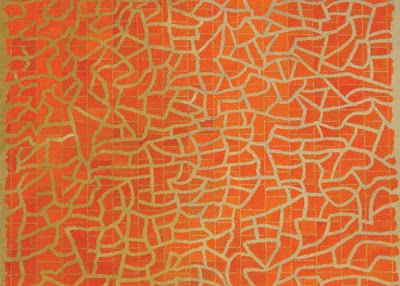
Now, most art experts feel that the Indian art market is also poised to grow tremendously. Which means the stakes will go even higher. Looking at some of the recent sale figures, M F Husain’s untitled work fetched $409,000, leading the Sotheby’s New York spring sales of Indian art. Prior to that, Saffronart’s first contemporary sale this year closed at a total sale value of over Rs 27 crores (US$ 7.15 million), which was well above its total higher estimate of Rs 19.56 crores (US$ 5.1 million). What is also interesting is that at this sale 25 percent of the bidders were not Indians, according to Saffronart sources.
Controversies have been dogging the Indian art scene as well. A few Indian auction houses have received criticism that ranges from dealing with fake paintings to popular film posters. In fact, all kinds of issues have been raised time and again. Instances of dealers bidding for the works that they themselves have consigned have also been heard.
Market forces that are looking at short-term gains can not only affect their reputation irrevocably but can also impact the entire market scenario. What has emerged in recent times, as we have just seen, is that there is a growing segment of non-Indian buyers who are looking at Indian modern and contemporary art from an investment perspective. I believe that clean and above-board dealings will help strengthen the market, enhance credibility and encourage this buyer base to invest further. Therefore, the point is that the greater the transparency in the market, the better it will be in the long run. And, most importantly it will benefit all.
(Published in Bangalore Mirror)


